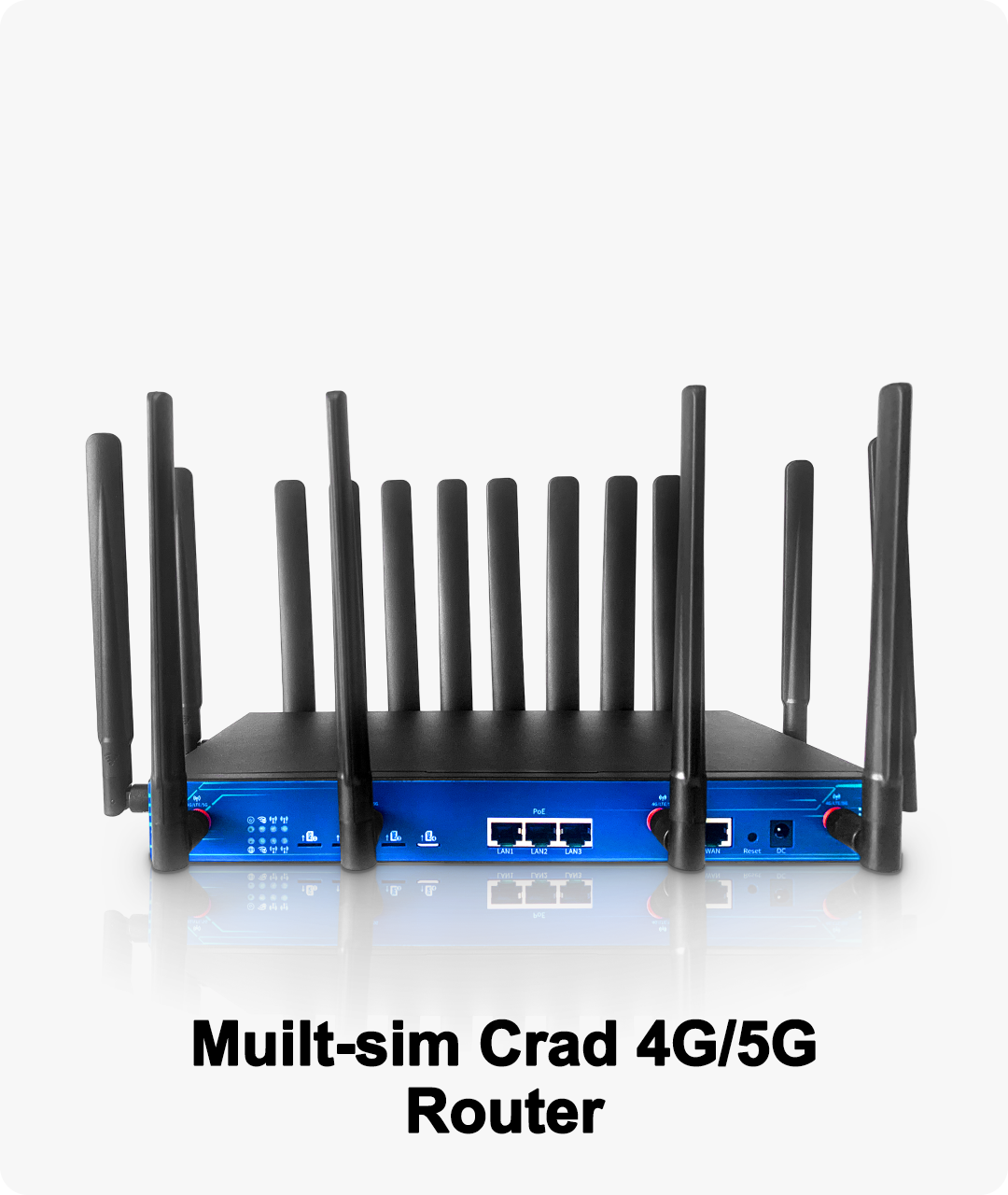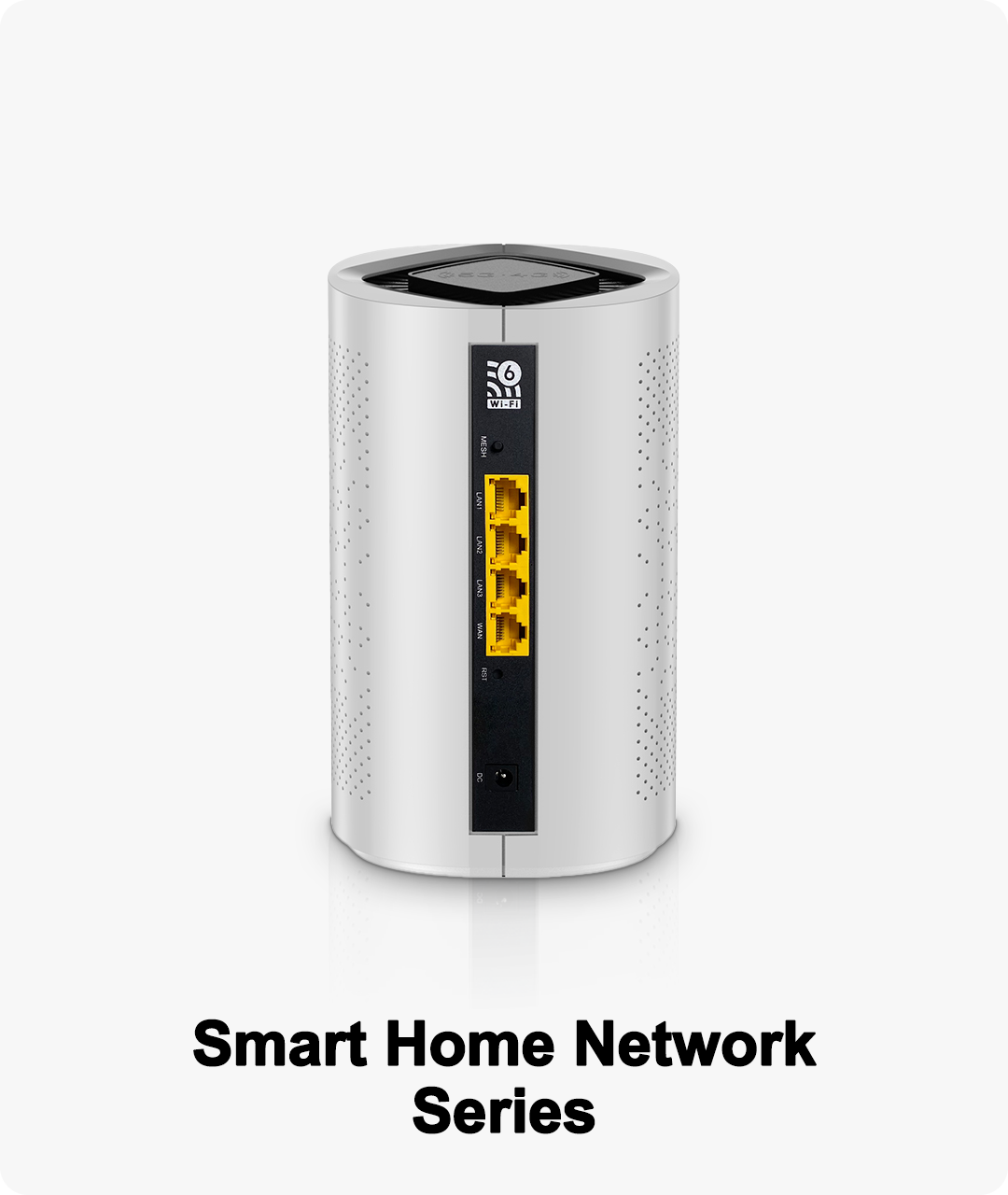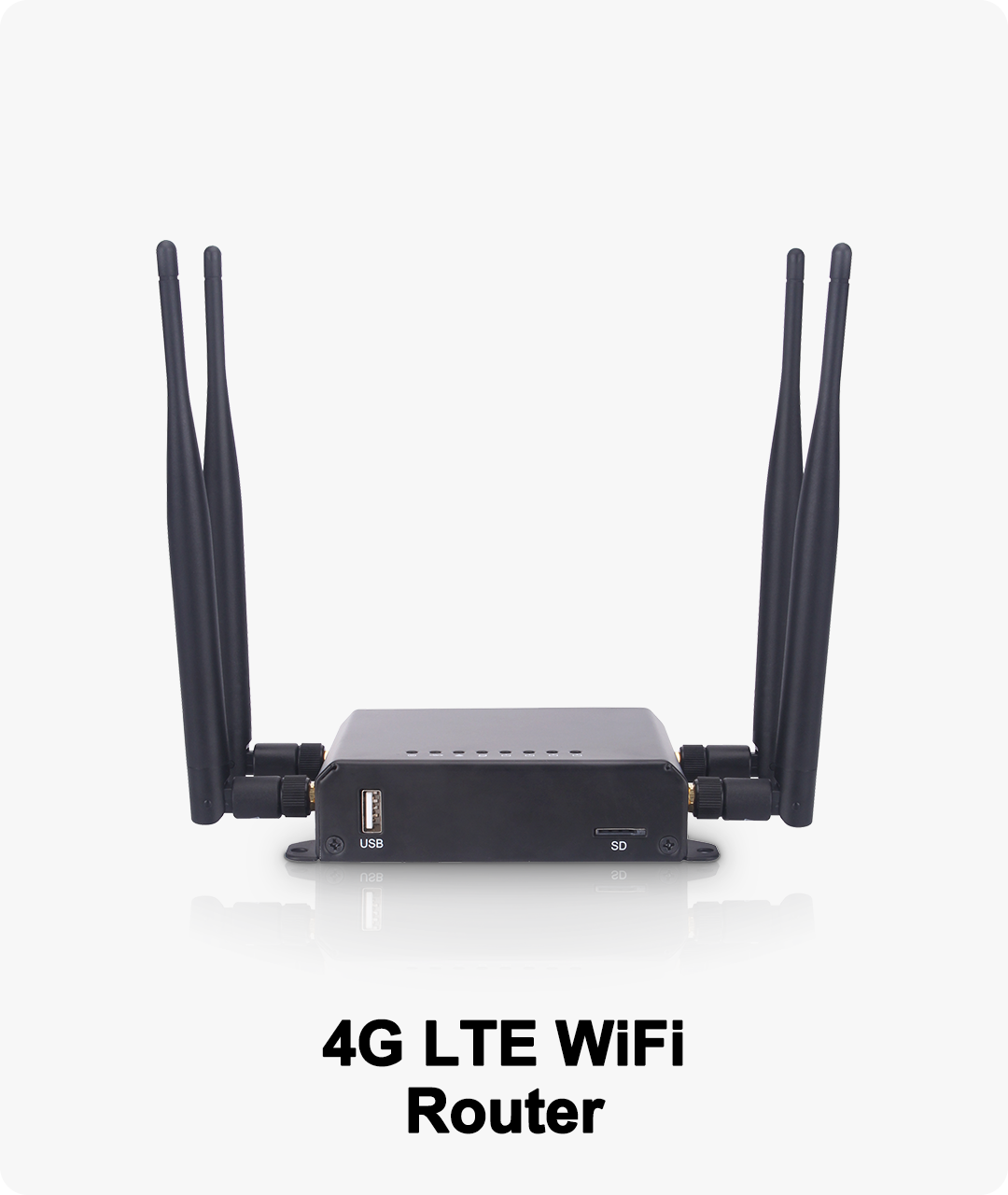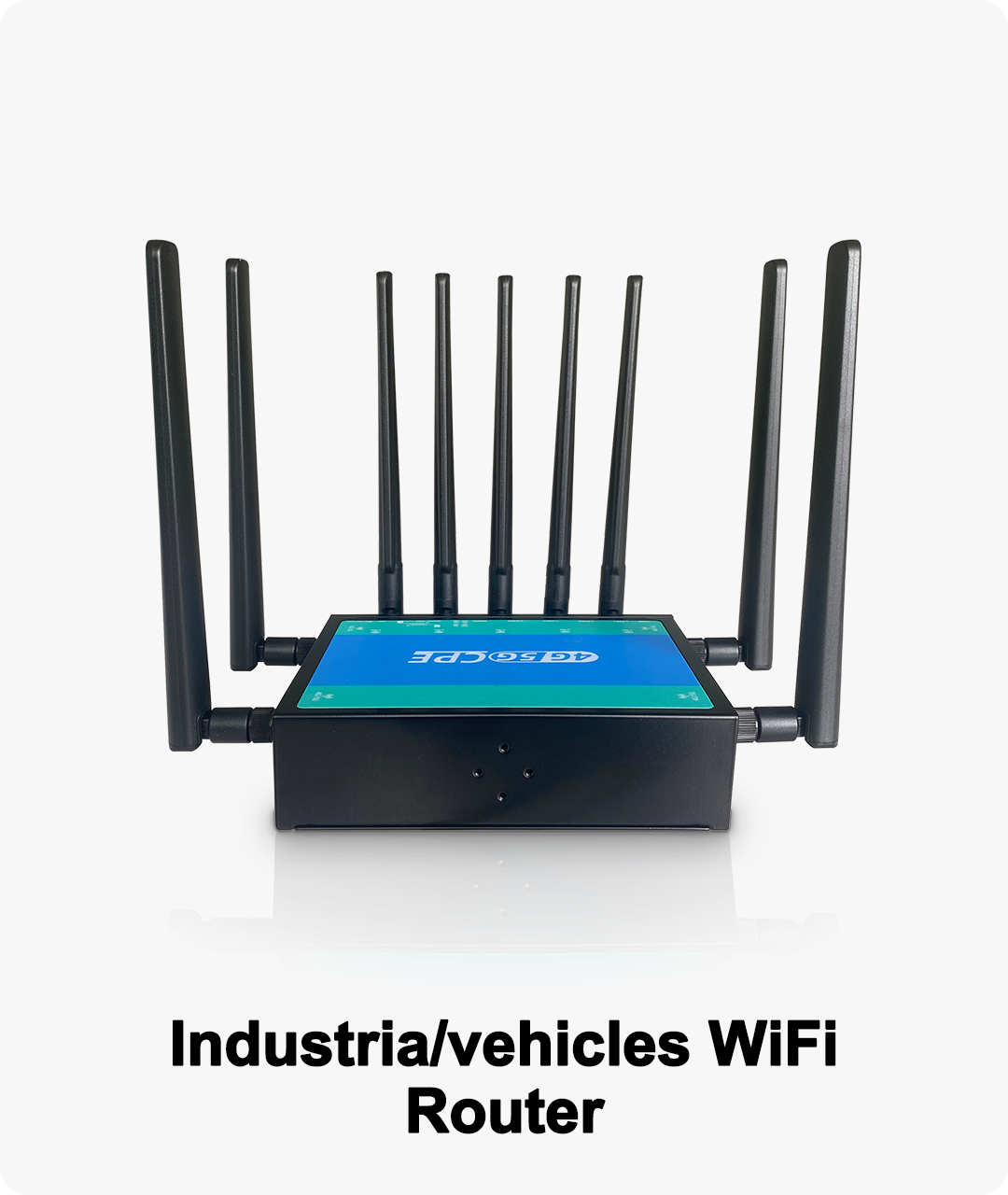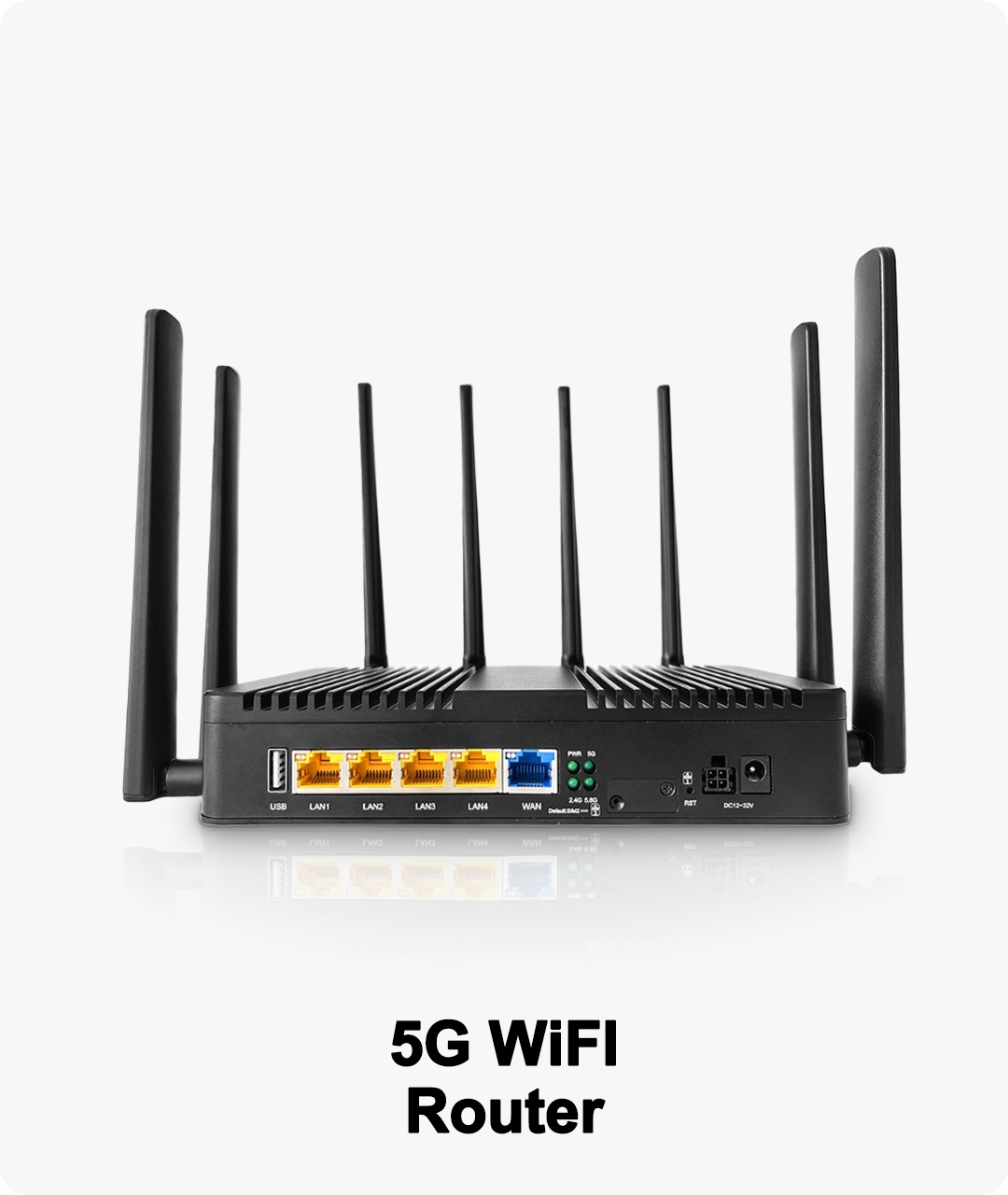D301, Building D, No. 54-6, Guanlan Avenue, Xinhe Community, Fucheng Street, Longhua District, Shenzhen ,China


What Are Outdoor WiFi CPE Routers?
Outdoor WiFi CPE routers are devices designed to provide internet connectivity to locations that are not easily served by traditional wired broadband. "CPE" stands for Customer Premises Equipment, meaning these routers are placed at the customer’s location, typically in outdoor or hard-to-reach areas. These routers connect to an internet source, such as a 4G/5G network or a satellite connection, and transmit the signal over large outdoor spaces, offering reliable WiFi coverage.
Unlike typical indoor routers, which are made for small areas, outdoor CPE routers are designed to endure extreme weather conditions and cover much larger areas. They are essential for applications that require consistent and reliable internet access, especially when traditional infrastructure cannot provide a viable solution.
Key Benefits of Outdoor WiFi CPE Routers
Internet Access in Remote Locations:
Outdoor WiFi CPE routers bring high-speed internet to rural or remote locations where cable internet is either unavailable or too expensive to install. Whether it's a farm, rural community, or mountainous region, these routers offer an affordable alternative to traditional broadband.Weatherproof Durability:
Built with rugged materials and sealed enclosures, these routers are designed to withstand extreme weather conditions. Rain, snow, dust, and high temperatures won’t impact their performance, making them suitable for outdoor environments. Look for models with high Ingress Protection (IP) ratings to ensure reliable performance.High-Performance Coverage:
Outdoor routers are equipped with powerful antennas that provide long-range signals, extending the WiFi coverage over vast areas. This is especially important for large properties, construction sites, or outdoor events where a traditional router’s signal would not reach.Versatility in Various Environments:
From connecting outdoor sensors on farms to providing internet for remote workers, outdoor WiFi CPE routers are versatile enough to be used in a variety of scenarios. They can connect to 4G LTE or even satellite internet systems, ensuring stable internet access wherever you need it.Cost-Effective Solution:
For remote areas or large outdoor spaces, running wires for traditional internet access can be prohibitively expensive. Outdoor CPE routers offer a cost-effective alternative, providing internet access without the need for extensive infrastructure.
Key Features to Look for in Outdoor WiFi CPE Routers
Signal Range and Strength:
The primary concern when choosing an outdoor WiFi CPE router is the coverage area. Depending on your needs, the router should provide adequate coverage for small yards, large farms, or even entire outdoor festivals. Look for routers with high-gain antennas for extended range and strong signal transmission.Durability for Harsh Weather:
Since outdoor routers will be exposed to the elements, it’s essential to choose models that are built to withstand weather conditions. Look for routers with IP65 or higher ratings, which offer protection against water, dust, and other environmental factors.Speed and Performance:
Consider the speed you need based on your intended use. For everyday browsing or email checking, a basic 4G LTE router might suffice. However, for streaming, cloud computing, or online gaming, you may need a 5G-enabled outdoor WiFi router that offers faster speeds and higher data bandwidth.Powering Options:
Most outdoor routers are powered via Power over Ethernet (PoE), which allows the device to receive both data and power from a single Ethernet cable. This simplifies installation by eliminating the need for additional power cables and makes it ideal for areas with limited access to power outlets.Security Features:
Security should always be a priority for any network, and outdoor routers are no exception. Look for devices with robust security protocols like WPA3 encryption and VPN support to protect your network from unauthorized access.
Popular Use Cases for Outdoor WiFi CPE Routers
Rural Internet Access:
In areas where traditional wired internet options are limited, outdoor WiFi CPE routers provide a crucial solution for residents and businesses in rural areas. By connecting to 4G/5G or satellite networks, these routers bring reliable internet to isolated locations where other services would be expensive or impractical.Agriculture and Farming:
With the rise of IoT devices in agriculture, outdoor WiFi CPE routers are increasingly being used to provide internet access to remote farms. These devices help farmers connect to smart sensors and equipment, enabling precision farming techniques and enhancing productivity.Outdoor Events:
For festivals, outdoor concerts, and large gatherings, providing internet access is essential for ticketing, live streaming, and other activities. Outdoor WiFi CPE routers make it possible to offer seamless WiFi coverage in expansive venues where traditional routers would struggle.Construction and Remote Offices:
Many construction sites and temporary offices are located in areas without reliable broadband. Outdoor WiFi CPE routers provide a stable connection for remote teams, allowing them to communicate, access cloud applications, and share data in real-time.Point-to-Point Connections:
Outdoor WiFi CPE routers are often used in point-to-point connections to link two remote locations over long distances. This is ideal for businesses that need to connect different sites or homes on large properties, without the need for extensive wiring.
How to Choose the Right Outdoor WiFi CPE Router
Identify Your Coverage Area:
Understand the size and scope of the area that requires internet access. For small locations, basic outdoor routers may be enough, but for larger spaces, you’ll need a router with extended range and signal strength.Consider Your Connectivity Needs:
Determine whether you’ll be using a cellular network (4G/5G) or satellite internet. Some outdoor CPE routers are specifically designed to support 3G, 4G, or 5G signals, while others may also be compatible with WiFi networks or point-to-point links.Choose a Weatherproof Router:
Ensure that the router you choose is built to withstand environmental conditions. If you’re in an area with frequent rain or extreme temperatures, opt for a router with a high IP rating for water and dust resistance.Look for Scalability:
If you plan to expand your network in the future, look for routers that support mesh networking or offer multiple Ethernet ports for easy expansion. This flexibility ensures your router will continue to meet your needs as they evolve.Read Reviews and Test the Performance:
Always check customer reviews and product ratings to get a sense of how well the router performs in real-world conditions. Focus on reviews that address ease of installation, signal strength, and durability.
Conclusion
Outdoor WiFi CPE routers are a versatile and reliable solution for providing internet access in areas where traditional methods fall short. From rural communities and agricultural settings to outdoor events and construction sites, these routers offer powerful performance in challenging environments. By carefully considering factors like signal range, weather resistance, and connectivity options, you can choose the right outdoor WiFi CPE router to ensure reliable, high-speed internet wherever you need it.






